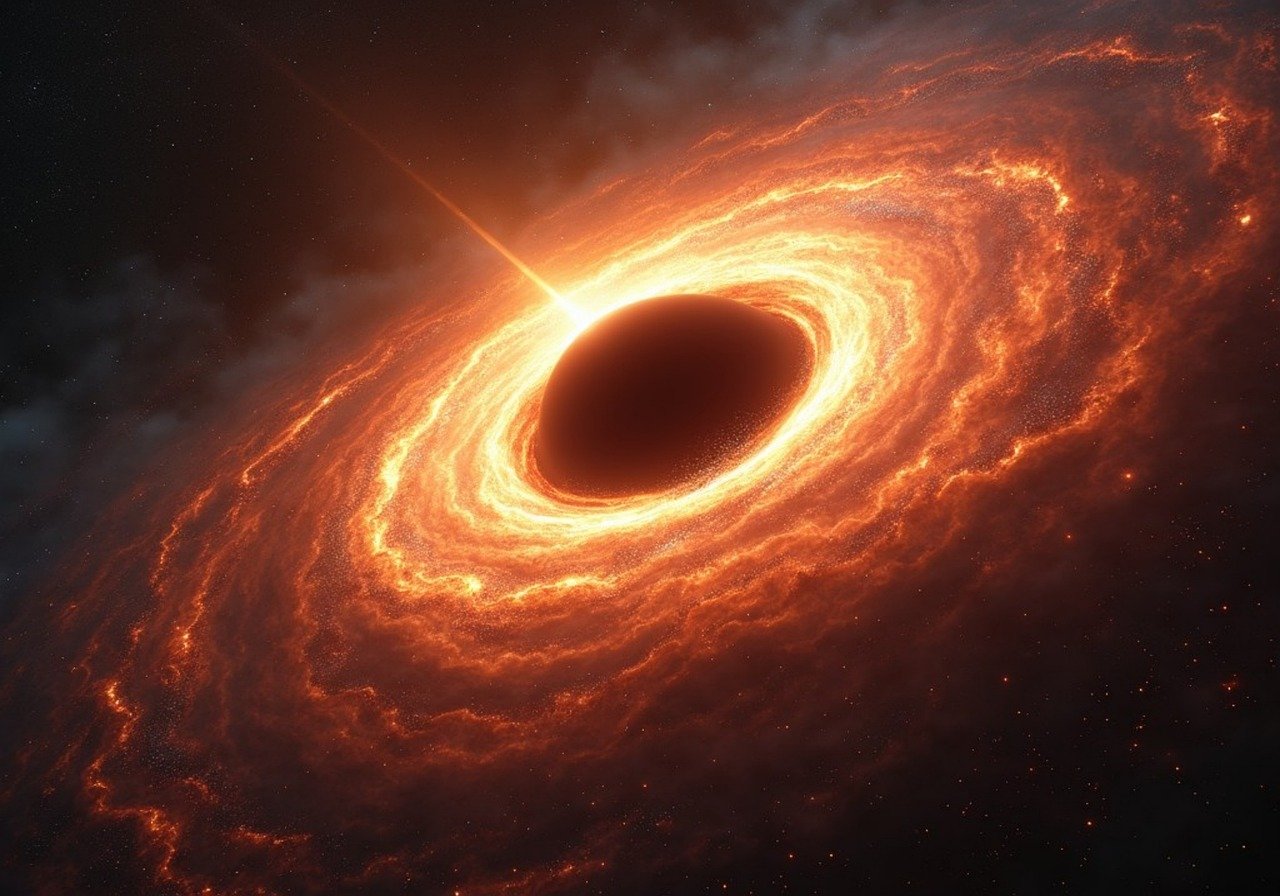The Fascinating Concept of Parallel Universes

Have you ever wondered if there's a universe parallel to ours, where every choice you've made is reversed? The concept of parallel universes, more accurately known as the multiverse or alternate realities, has captivated scientists, philosophers, and even science fiction authors. Simply put, this concept emphasizes that our universe is just one of an inestimable number of others, each with its own set of physical laws, historical events, and outcomes. Though it may sound fanciful, this notion is supported by several scientific theories.
Quantum Mechanics and the Many-Worlds Interpretation
The idea of parallel universes becomes even more intriguing when viewed through the lens of quantum mechanics—the theory that governs matter and energy at an atomic and subatomic level. Quantum mechanics opens the mind to the probability that parallel universes exist.
Quantum mechanics is built on the principle of wave-particle duality, which states that particles like electrons and photons can behave both as particles and waves. This concept implies that a particle can exist in multiple states at once, as famously illustrated by the thought experiment known as Schrödinger's cat.
Wave-particle duality is the foundation of the Many-Worlds Interpretation of quantum mechanics, which provides one possible explanation for the concept of parallel universes. According to this interpretation, for every quantum possibility, it actually happens—not just as a chance but as a reality in a separate universe. Essentially, when we observe a particle's state, the universe splits into an infinite number of branches, each representing a possible outcome. The Many-Worlds Interpretation suggests that every decision, action, and quantum event causes the universe to branch into alternate realities, each coexisting at one moment in time.
Although speculative, the Many-Worlds Interpretation offers an exciting explanation for the strange and counterintuitive behavior of quantum particles and provides a plausible mechanism for the existence of parallel universes.
String Theory and Extra Dimensions
String theory, a leading candidate for a unified theory of physics, also holds intriguing implications for the possibility of parallel universes. At its core, string theory posits that the basic units of matter are not point-like particles but rather tiny, one-dimensional oscillating strings. These strings vibrate at different frequencies, which manifest as particles with various masses and forces.
One of the most fascinating aspects of string theory is that it requires additional dimensions beyond the four we are familiar with—height, width, depth, and time. These extra dimensions are thought to be curled up at an incredibly tiny microscopic scale, much like how the surface of a garden hose appears one-dimensional from a distance. However, if these dimensions were infinite or large, they could host an infinite number of parallel universes.
These extra dimensions could be seen as a vast landscape of parallel universes, where each universe has its own version of physical laws and conditions. In some universes, gravity may be stronger or weaker, fundamental constants may vary, or the laws of physics could be drastically different. This wide variety of possibilities gives rise to universes with distinct properties and consequences.
Evidence and Speculation
While string theory offers a conceptual framework for many universes, the experimental evidence for parallel universes remains elusive. The extra dimensions posited by string theory are so tiny that they lie beyond the reach of our current technology. However, indirect evidence may come from anomalies in the cosmic microwave background radiation, which could provide clues about the existence of parallel universes.
As physicists continue to explore the implications of string theory and the multiverse, the concept of parallel universes remains a subject of fascination and speculation. Whether parallel realities are simply theoretical or an essential part of our cosmic reality, the idea that our universe is just one of many continues to intrigue and inspire scientific investigation.
Conclusion
Parallel universes represent a captivating intersection of quantum mechanics, string theory, and theoretical physics. The possibility that multiple realities exist, each with its own set of physical laws, challenges our understanding of the universe. Whether or not we ever find concrete evidence of parallel universes, the journey of scientific discovery into the unknown will undoubtedly continue to inspire generations to come.
Similar Post You May Like
-

CFCs, HFCs and their long, troubled history
At its peak, the ozone hole covered an area 7 times larger than the size of Europe, around 29.9 million km2, and was rapidly expanding
-

The Origin of Universe: Deciding point where it all began!
Let us unravel and surf through the ideas throughout ages to understand what the universe and its origin itself was to its inhabitants across history.
-

The Artemis Program
Inspired by the Greek goddess of the Moon, twin sister to Apollo, the artimis program was named on 14 May 2019 by Jim Bridenstine.






